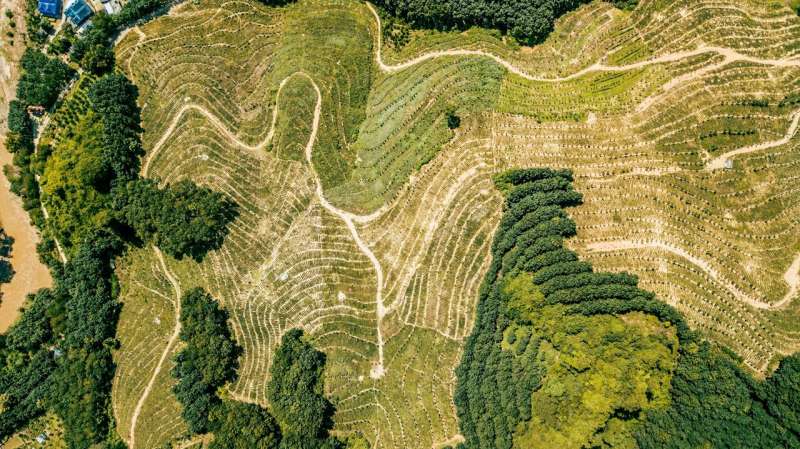This article has been reviewed according to Science X's editorial process and policies. Editors have highlighted the following attributes while ensuring the content's credibility:
fact-checked
peer-reviewed publication
trusted source
proofread
Identification of priority areas is essential to ecosystem conservation and restoration: Study

Establishing an integrated ecological security pattern (ESP) is an effective way to achieve higher and more comprehensive ecological goals in the future.
In a study published in Journal of Cleaner Production, researchers from the Xishuangbanna Tropical Botanical Garden of the Chinese Academy of Sciences sought to improve and optimize China's existing ESP research paradigm to accurately establish conservation and restoration priorities, with the intention of providing Chinese programs and demonstrations to contribute to the early realization of the goals in the Kunming-Montreal Global Biodiversity Framework.
The researchers combined the minimum cumulative resistance model with circuit theory to determine the optimal path, suitable width, and important nodes of the ecological corridor. In addition, a quantitative analysis of the spatial relationships between sources and the relative importance and connectivity of corridors was conducted to identify priority areas for conservation and restoration where priority ecological actions can be implemented.
Taking Xishuangbanna as a case study, the researchers attempted to solve the threat of habitat loss and fragmentation by improving the whole process of the ESP research paradigm to construct ecological network space based on important five functional groups (birds, mammals, amphibians, reptiles, and endangered plants) that are indispensable to the ecosystem.
Overall, the researchers created cyberspaces focused on five taxa species of high biodiversity value. They identified key biodiversity areas important for maintaining biodiversity and ecosystem services, with a total area of 2,768.19 km2. They also identified 213 ecological corridors of high importance and connectivity that facilitate species migration. In addition, ecological conservation and restoration priority areas were extracted, covering 2,467.71 km2 and 514.67 km2, respectively.
The results showed that the conservation status of each taxa in Xishuangbanna is different, but there are large conservation gaps in all species. There were relatively few ecological corridors with high significance and connectivity, so it is necessary to strengthen the construction of stepping stone corridors to improve their effectiveness.
"Identifying priority areas for ecological conservation and restoration is crucial to maintaining regional ecological security, which helps to maximize the use of limited ecological resources and funds," said Bai Yang of XTBG.
More information: Jie Wang et al, Identifying ecological security patterns to prioritize conservation and restoration:A case study in Xishuangbanna tropical region, China, Journal of Cleaner Production (2024). DOI: 10.1016/j.jclepro.2024.141222
Journal information: Journal of Cleaner Production
Provided by Chinese Academy of Sciences





















